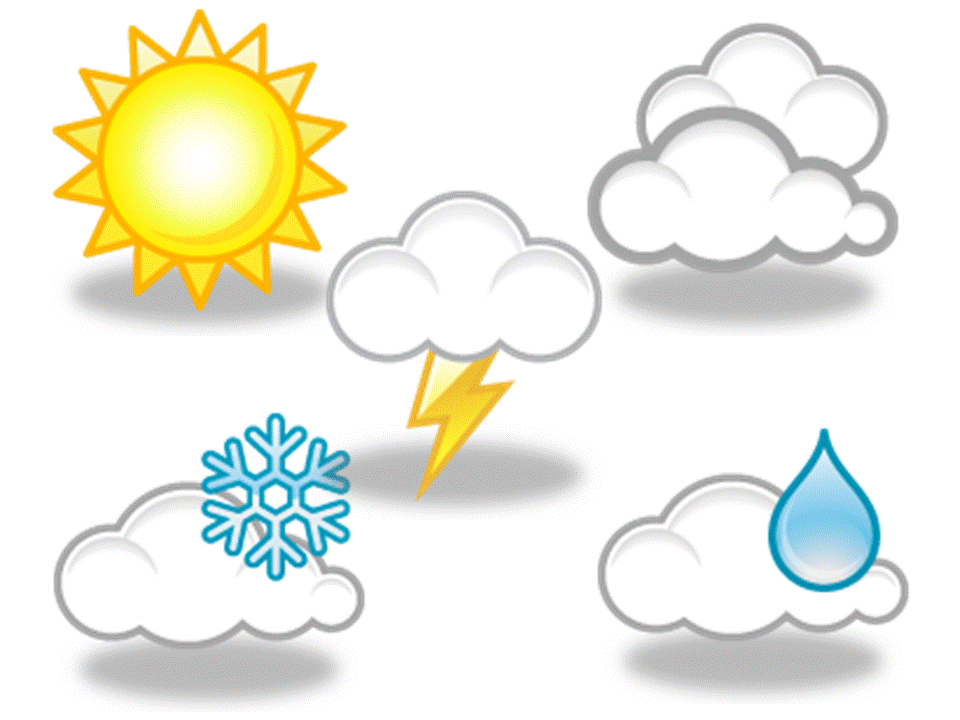The pandemic and climate change may be partly to blame
We hear frequent warnings about the dangers of working and exercising in the heat but there's a little-noticed trend that may be climate- and COVID-related: more people are drowning.
In Tulare County, California, a group of friends from Utah were hiking through the canyons near the Seven Teacups Trail when one of them impulsively jumped into a pool of water, apparently to cool off.
The hiker,Jeannine Skinner, 34, didn't come back up and two friends jumped in to save her. Moments later, all three were dead, having apparently been stuck in a whirlpool, the Los Angeles Times reported.
A day later, a 21-year-old man diedin Lake Waxahachie in Texas, when he attempted to rescue ateen-aged girl, who was part of a large church group. The girl survived but her rescuer drowned, according to USA Today.
In April, John Brewer, 76, whose coast-to-coast journalism career spanned 50 years, including nearly two decades at The Associated Press died on an annual fly fishing trip in Montana when the boat Brewer was in hit a submerged log and flipped, Johnson said. Two others were rescued, but Brewer drowned.
Along the Jersey Shore and off Long Island, New York, drownings are up this year as unsettled weather conditions contribute to dangerous riptides that can pull even an experienced swimmed into deep water.
On one recent weekend,two swimmersdied, one was missing, and several others had to be rescued. Lifeguards created a human chain to search for one missing swimmer but the 22-year-old died in rough waves.
Across the nation, swimmers have taken to backyard pools, ocean beaches, lakes and just about any other body of water and found themselves in trouble. Before this year's heat wave, the pandemic drove more people outside for recreation, leading to a spike in both child and adult drownings.
4,500 drown each year
According to the CDC, drowning deaths have been increasing in the U.S., with over 4,500 people drowning each year from 20202022, which is about 500 more than in 2019.
The CDC says that groups at higher risk, including young children and older adults, have seen the greatest increases in deaths.The American Academy of Pediatrics has encouraged parents and doctors to prioritize water safety, especially during the summer months.
There are an estimated 320,000 annual drowning deaths worldwide. Drowning is the 3rd leading cause of unintentional injury death worldwide, accounting for 7 percent of all injury-related deaths.
Eighty-seven percent of drowning fatalities happen in home pools or hot tubs for children younger than 5. Most take place in pools owned by family or friends.
Personal injury lawyers will tell you that the most dangerous thing you can add to your home is a swimming pool. Whether required by local laws or not, all pools should be securely fenced, alarmed and locked at all times.
Adult drownings up too
It's not just children. Adult drownings are up too, and many public health experts say we should be paying more attention to the problem.
Drowning prevention has been entirely too focused on the child, and thats a weird thing coming from a pediatrician, says Linda Quan, a pediatric drowning expert at the University of Washington, in a Scientific American report. Its terrible to lose a child, but it can also be devastating for a child to lose a parent. It affects the whole family.
Witness the all-too-frequent cases of adults who dive in to save a swimmer in trouble and die in the process. Or those who, like Brewer, fall out of a boat.
A recent report by the Centers for Disease Control and Prevention found thatunintentional drowning death rates increasedin almost every adult age group between 2020 and 2022, when the COVID pandemic led topool closures and lifeguard shortages.
The increase was concerning because drowning death rates in the United States had been decreasing for the last two decades, says Briana Moreland, a CDC researcher, who co-authored the report.
The reasons behind the trend arent totally clear, but people spent more time outside during the pandemic, and boat sales increased.
One factor that differentiates adult and childhood drownings is the water sources involved. While young children are more likely to drown in bathtubs and swimming pools, most adult drowning incidents occur in natural bodies of water, such as rivers and the ocean,
Adult drowning incidents also frequently involve alcohol, which can impair judgment and coordination.
Safety tips for home pools
Here are some home pool safety tips from theRed Cross:
- Swim in designated areas supervised by lifeguards. Always swim with a buddy; do not allow anyone to swim alone.
- Provide close and constant attention to children you are supervising, even when a lifeguard is present, no matter how well the child can swim or how shallow the water. Avoid distractions including cell phones.
- Never leave a young child unattended near water and do not trust a childs life to another child; teach children to always ask permission to go near water.
- Designate awater watcherwhenever in a group setting
Swimming safety tips for everyone
Everyone can prevent drowning by:
- Learning basic swimming and water safety skills. Children who have had swimming lessons still need close and constant supervision when in or around water.
- Building fences that fully enclose and separate the pool from the house. Fences should be at least four feet high with self-closing and self-latching gates.
- Wearing a life jacket while boating for people of all ages and swimming abilities.
- Not drinking alcohol before or during swimming, boating, or other water activities. Alcohol impairs judgment, balance, and coordination. Do not drink alcohol while supervising children.
- Learning CPR skills. Performing CPR could save someones life in the time it takes for paramedics to arrive.
For more information go towww.cdc.gov/vitalsigns.
Photo Credit: Consumer Affairs News Department Images
Posted: 2024-08-27 17:27:43


















